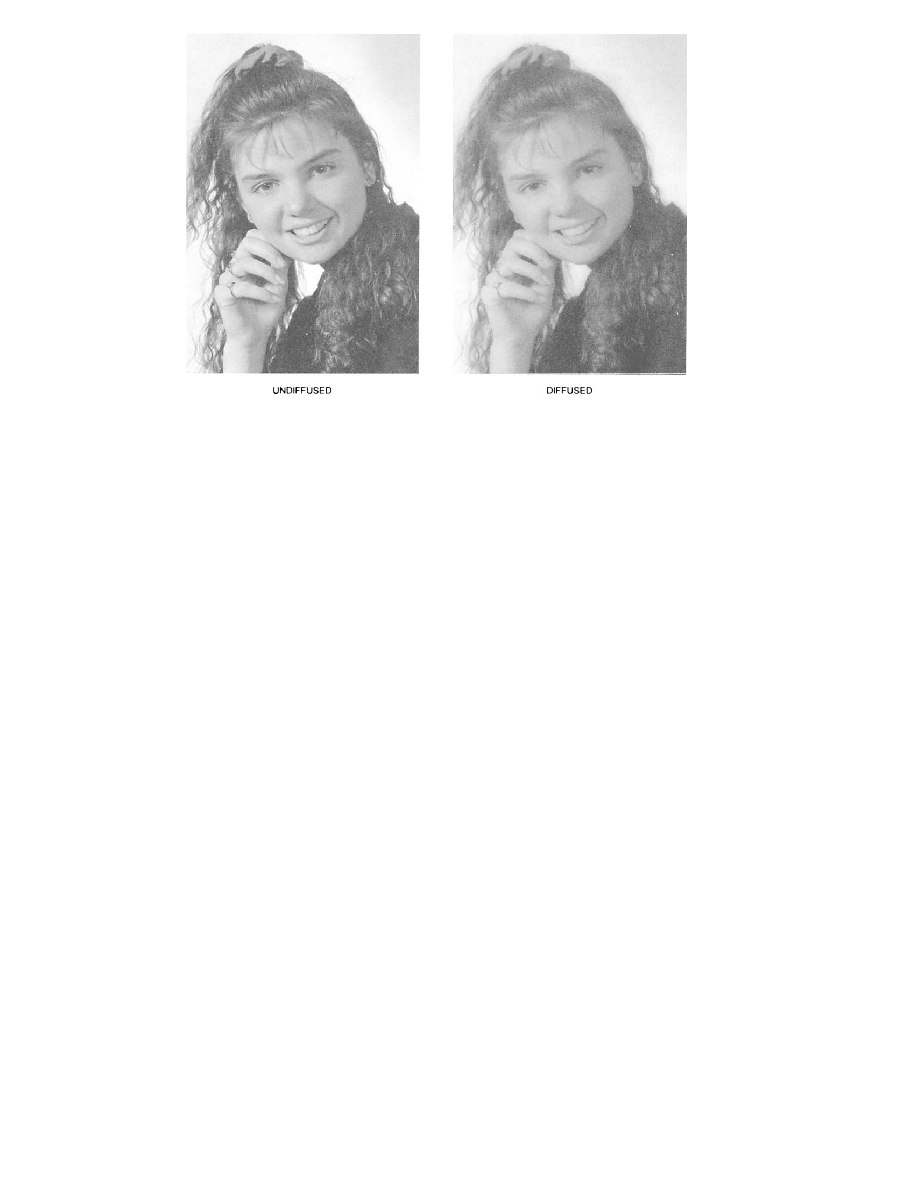
DOFMaster
for Windows
On-line
Depth of Field
Calculator
DOFMaster for Mobile Devices
On-line
Depth of Field
Table
Hyperfocal
Distance Chart
Articles
FAQ
Recommended
Books
Support
Contact
Links
Home
for Windows
On-line
Depth of Field
Calculator
DOFMaster for Mobile Devices
On-line
Depth of Field
Table
Hyperfocal
Distance Chart
Articles
FAQ
Recommended
Books
Support
Contact
Links
Home
As an Amazon Associate I earn from qualifying purchases.
![]()
pure white with little or no detail or very light gray in
the print; for example, a bright sky, a white uniform, a
white cake, or highlights on a face.
motion during the burning-in exposure.
corners of the print. A vignette effect is produced by
projecting the desired negative image area through a
large hole cut in a piece of cardboard or by dodging the
central image area during part of the exposure time.
When the background is to be printed light, the entire
exposure should be made through the vignetting card.
When the edges of the hole are serrated, the outline of
the vignette will be soft and diffused In most cases, a
soft, diffused vignette produces the most pleasing result.
applied to other subjects (fig. 11-15). A photograph with
a light background provides the most pleasing vignette
subject in a vignette should be a little smaller than it is
in a straight nonvignetted print. Leave plenty of space
around the image. Balance the head-and-shoulders
image on the paper by leaving more blank paper below
the image than above it. The blank paper at the sides
should be about equal, but less than at the top. As with
dodging and burning in, the vignetting card must be kept
moving during the exposure.
reproduction. Diffusion can be used to produce a hazy
morning. In printing portrait negatives, diffusion can be
used to subdue the reproduction of facial blemishes or
retouching also may be softened with diffusion (fig.
Other suitable diffusing materials are transparent
cellophane, either smooth or wrinkled, or a piece of
panty hose, or similar fabric. Dark gray or black is
preferable.
Basic Photography Course

As an Amazon Associate I earn from qualifying purchases.
WWW.DOFMASTER.COM
© 2006 Don Fleming. All rights reserved.
© 2006 Don Fleming. All rights reserved.